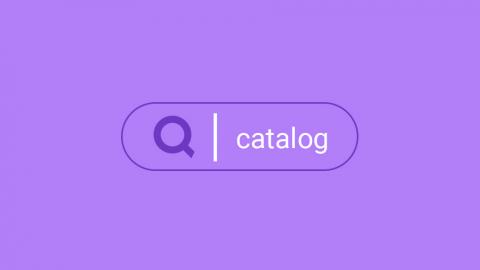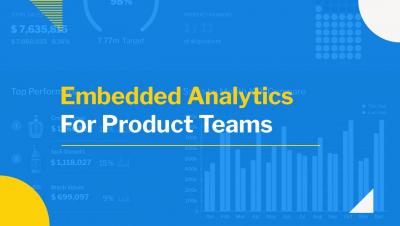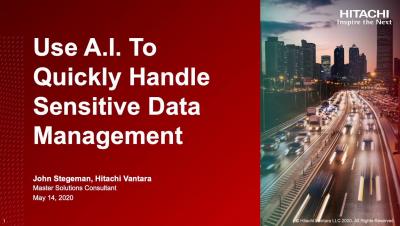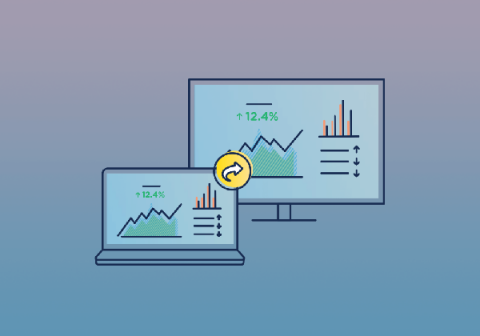Why SQL is your key to querying Kafka
If you’re an engineer exploring a streaming platform like Kafka, chances are you’ve spent some time trying to work out what’s going on with the data in there. But if you’re introducing Kafka to a team of data scientists or developers unfamiliar with its idiosyncrasies, you might have spent days, weeks, months trying to tack on self-service capabilities. We’ve been there.










